Instruction
Stickney: Correctly auditing your ballflight without technology
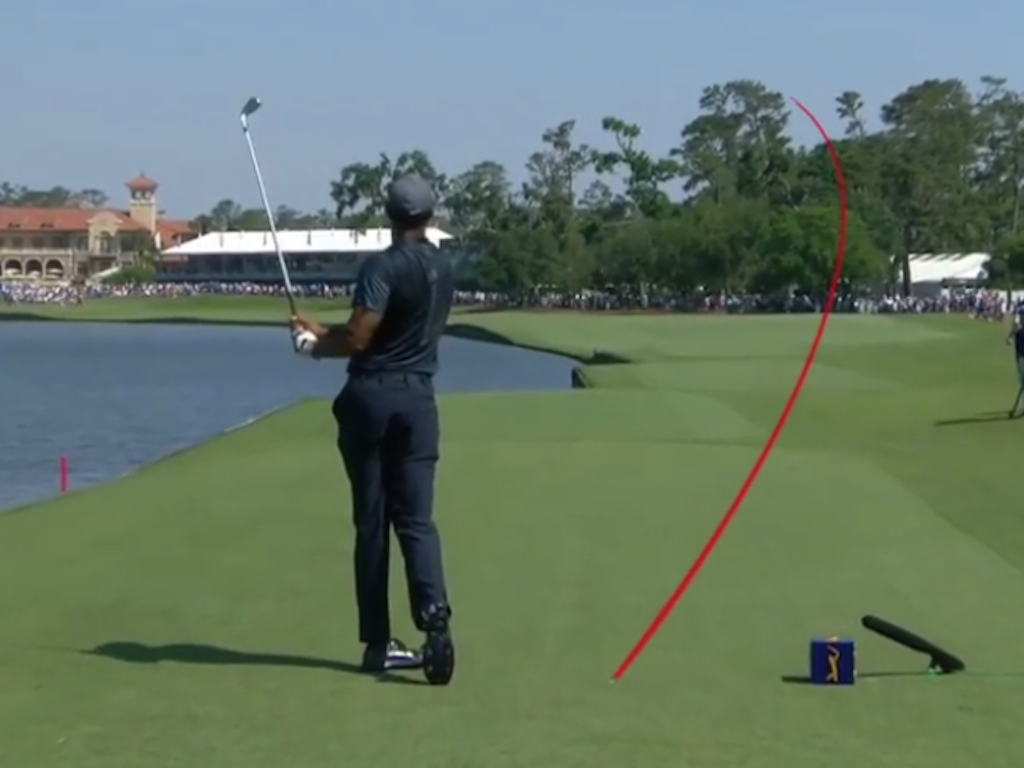
One of the biggest advances in golf instruction, in my opinion, was the adoption (by the masses) of the “new ball-flight laws.” While this information was first identified in “The Search for the Perfect Swing” as well as “The Golfing Machine” books it was not truly taught in the mainstream by teachers until the last decade. In fact, there are still millions of golfers who are still in the dark as it pertains to how curvature is created.
Thankfully, launch monitors have become more popular and now most people have some type of ability to hit balls using Trackman, etc., and this has helped inform the masses as to what is really happening during the impact interval. In today’s article, I want to show you how to audit your ball-flight if you DO NOT have access to a launch monitor. And if you’ll ask yourself these few simple questions you will have a much better idea as to what is happening and why your ball is doing what it’s doing!
“The New Ball-Flight Rules”
- The ball begins mostly in the direction of the face angle direction at impact (Face Angle)
- The ball will curve away from the path with a centered hit on the face (Path)
- The amount of curvature at the apex is mostly determined by the difference in direction between where the face points at impact and the direction of the path at impact (Face to Path)
- The impact point on the clubface can render the above obsolete or exaggerate it depending on where it’s impacted on the face (Impact Point)
Now that you know and understand the rules, here’s how you audit your ball’s flight without a launch monitor present…
Find your Impact Point Before Making Any Other Judgements
Before we begin delving deeply into your ball’s flight, let’s first stop for a second and figure out what our impact bias is currently. Yes, everyone has an impact bias—some are more toe-based while others are more heel-sided. It’s just the way it works and it’s mega-important. If you don’t have control of your impact point then all else is moot.
In order to do so, first hit a few balls on a flat lie and spray the face with Dr. Scholl’s spray, then take a look at what you see on the face, where are the marks? I’m not asking you for perfection here, because if you hit it slightly on the toe or slightly on the heel then you’re ok.
However, if your average clustering of shots is extremely biased on the toe or the heel then stop and figure out WHY you are hitting the ball off-center. Until you can contact the ball in the center of the face (within reason) then you will not be able to control your ball’s curvature due to gear effect.
If your impact point clustering is manageable, then ask yourself these three questions to truly understand your ball’s flight…
Number 1: Where did the ball begin?
I want you to draw a straight line from your ball through your target as you see in the left photo in your mind so you now have a “zero” reference. If you need to create this visual on the practice tee then you can put a rope or some string on the ground between the ball and the target creating a straight line from the ball through the rope and onward to the target itself.
Now back to the shot above, as you can see at impact, this player’s ball started slightly LEFT of his target-line—as shown by the arrow in the left frame which depicts the face angle at impact. In the right frame, you can easily see the ball beginning a touch left right from the beginning.
The numbers prove what we discussed earlier
- The face direction at impact was -2.8 degrees left of the target
- The ball’s launching direction is -1.7 degrees left of the target
As we know the ball begins mostly in the direction of the face and since the face was left of the target the ball also began slightly leftward as well.
So by paying attention to your ball’s starting direction as it pertains to the “zero line” (or where you’re trying to go) you can guess where the face is pointing at impact.
Number 2: Which direction did the ball curve?
Now, take a second and look at the right frame: We see that the ball curved leftward which means the path had to be more rightward than where the face was pointing at impact. If the ball begins where you want it to start and curves the way you want then you have the face and path in the correct place!
If we want to audit the numbers just to be sure, then let’s take a deeper look:
Trackman shows that the club path was 1.9 degrees right of the target and we just saw that the face was -2.8 degress left of the target on this shot. With centered impact anytime the face direction at impact is left of the path the ball will curve leftward. The negative spin-axis of this shot of -7.9 tells us that the ball is moving to the left as well.
If you want the ball to curve to the left then the path must be further right than that and vice-versa for a fade…pretty simple, right?
Number 3: How Much Did the Ball Curve at The Apex?
Question three is an important one because it helps us to understand what our face to path relationship is doing.
Curvature is created when the face and path point in different directions (with a centered hit) and the bigger the difference between the face and path direction the more the ball will curve…especially as you hit clubs with lower lofts.
Every player wants to see a certain amount of curvature. Some players want very little curve, thus their face to path numbers are very close together while others want more curve and the face to path numbers are larger. It does not matter what amount of curvature you like to “see” as the player…all flights will work. Think Moe Norman on one extreme to Bubba Watson on the other.
To close…
First, you must hit the ball in the center of the face to have a predictable curvature if you hit it all over the face then you invoke gear effect which can exaggerate or negate your face to path relationship.
Second, where did the ball begin? Most players whom draw the ball fear the miss that starts at their target and moves leftward (as depicted in the photo above) this is a FACE issue. The face is left of the TARGET at impact and thus the ball does not begin right enough to begin at the correct portion of the target.
If you hit the ball and it starts correctly but curves too much from right to left then your path is to blame.
Third, if your ball is curving the correct direction then your path is fine, but if it’s doing something other than what you want and you are starting the ball where you want then your path is either too far left or right depending on which way the ball is curving.
Fourth, if your ball curvature at the apex is moving too much and your ball is starting where you want then your path is too far left or right of your face angle at impact exaggerating your face to path ratio. The bigger the difference between these two the more the ball curves (with a centered hit) with all things being equal.
Samples to view
This is a path issue…the ball began correctly but curved too much rightward. Don’t swing so much leftward and the face-to-path will be reduced and the ball will curve less.
This is a great push draw…the ball began correctly and curved the correct amount back to the target
This is a face issue at impact…the ball did not begin far enough to the right before curving back leftward and the target was missed too far to the left
Take your time when auditing your ball’s flight, and I believe you’ll find your way!
- LIKE114
- LEGIT4
- WOW7
- LOL1
- IDHT1
- FLOP4
- OB3
- SHANK12
Instruction
Clement: Laid-off or perfect fade? Across-the-line or perfect draw?

Some call the image on the left laid off, but if you are hitting a fade, this could be a perfect backswing for it! Same for across the line for a draw! Stop racking your brain with perceived mistakes and simply match backswing to shot shape!
- LIKE0
- LEGIT0
- WOW0
- LOL0
- IDHT0
- FLOP0
- OB0
- SHANK1
Instruction
The Wedge Guy: The easiest-to-learn golf basic

My golf learning began with this simple fact – if you don’t have a fundamentally sound hold on the golf club, it is practically impossible for your body to execute a fundamentally sound golf swing. I’m still a big believer that the golf swing is much easier to execute if you begin with the proper hold on the club.
As you might imagine, I come into contact with hundreds of golfers of all skill levels. And it is very rare to see a good player with a bad hold on the golf club. There are some exceptions, for sure, but they are very few and very far between, and they typically have beat so many balls with their poor grip that they’ve found a way to work around it.
The reality of biophysics is that the body moves only in certain ways – and the particulars of the way you hold the golf club can totally prevent a sound swing motion that allows the club to release properly through the impact zone. The wonderful thing is that anyone can learn how to put a fundamentally sound hold on the golf club, and you can practice it anywhere your hands are not otherwise engaged, like watching TV or just sitting and relaxing.
Whether you prefer an overlap, interlock or full-finger (not baseball!) grip on the club, the same fundamentals apply. Here are the major grip faults I see most often, in the order of the frequency:
Mis-aligned hands
By this I mean that the palms of the two hands are not parallel to each other. Too many golfers have a weak left hand and strong right, or vice versa. The easiest way to learn how to hold the club with your palms aligned properly is to grip a plain wooden ruler or yardstick. It forces the hands to align properly and shows you how that feels. If you grip and re-grip a yardstick several times, then grip a club, you’ll see that the learning curve is almost immediate.
The position of the grip in the upper/left hand
I also observe many golfers who have the butt of the grip too far into the heel pad of the upper hand (the left hand for right-handed players). It’s amazing how much easier it is to release the club through the ball if even 1/4-1/2″ of the butt is beyond the left heel pad. Try this yourself to see what I mean. Swing the club freely with just your left hand and notice the difference in its release from when you hold it at the end of the grip, versus gripping down even a half inch.
To help you really understand how this works, go to the range and hit shots with your five-iron gripped down a full inch to make the club the same length as your seven-iron. You will probably see an amazing shot shape difference, and likely not see as much distance loss as you would expect.
Too much lower (right) hand on the club
It seems like almost all golfers of 8-10 handicap or higher have the club too far into the palm of the lower hand, because that feels “good” if you are trying to control the path of the clubhead to the ball. But the golf swing is not an effort to hit at the ball – it is a swing of the club. The proper hold on the club has the grip underneath the pad at the base of the fingers. This will likely feel “weak” to you — like you cannot control the club like that. EXACTLY. You should not be trying to control the club with your lower/master hand.
Gripping too tightly
Nearly all golfers hold the club too tightly, which tenses up the forearms and prevents a proper release of the club through impact. In order for the club to move back and through properly, you must feel that the club is controlled by the last three fingers of the upper hand, and the middle two fingers of the lower hand. If you engage your thumbs and forefingers in “holding” the club, the result will almost always be a grip that is too tight. Try this for yourself. Hold the club in your upper hand only, and squeeze firmly with just the last three fingers, with the forefinger and thumb off the club entirely. You have good control, but your forearms are not tense. Then begin to squeeze down with your thumb and forefinger and observe the tensing of the entire forearm. This is the way we are made, so the key to preventing tenseness in the arms is to hold the club very lightly with the “pinchers” — the thumbs and forefingers.
So, those are what I believe are the four fundamentals of a good grip. Anyone can learn them in their home or office very quickly. There is no easier way to improve your ball striking consistency and add distance than giving more attention to the way you hold the golf club.
More from the Wedge Guy
- The Wedge Guy: Golf mastery begins with your wedge game
- The Wedge Guy: Why golf is 20 times harder than brain surgery
- The Wedge Guy: Musings on the golf ball rollback
- LIKE86
- LEGIT13
- WOW6
- LOL1
- IDHT0
- FLOP4
- OB1
- SHANK8
Instruction
Clement: Stop ripping off your swing with this drill!

Not the dreaded headcover under the armpit drill! As if your body is defective and can’t function by itself! Have you seen how incredible the human machine is with all the incredible feats of agility all kinds of athletes are accomplishing? You think your body is so defective (the good Lord is laughing his head off at you) that it needs a headcover tucked under the armpit so you can swing like T-Rex?
- LIKE0
- LEGIT2
- WOW2
- LOL0
- IDHT0
- FLOP0
- OB0
- SHANK2
-

 19th Hole2 weeks ago
19th Hole2 weeks agoDave Portnoy places monstrous outright bet for the 2024 Masters
-

 19th Hole4 days ago
19th Hole4 days agoJustin Thomas on the equipment choice of Scottie Scheffler that he thinks is ‘weird’
-

 19th Hole2 weeks ago
19th Hole2 weeks agoTiger Woods arrives at 2024 Masters equipped with a putter that may surprise you
-

 19th Hole3 days ago
19th Hole3 days ago‘Absolutely crazy’ – Major champ lays into Patrick Cantlay over his decision on final hole of RBC Heritage
-

 19th Hole2 weeks ago
19th Hole2 weeks agoTwo star names reportedly blanked Jon Rahm all week at the Masters
-

 19th Hole1 week ago
19th Hole1 week agoReport: LIV Golf identifies latest star name they hope to sign to breakaway tour
-

 19th Hole2 weeks ago
19th Hole2 weeks agoNeal Shipley presser ends in awkward fashion after reporter claims Tiger handed him note on 8th fairway
-

 19th Hole1 week ago
19th Hole1 week agoBrandel Chamblee has ‘no doubt’ who started the McIlroy/LIV rumor and why

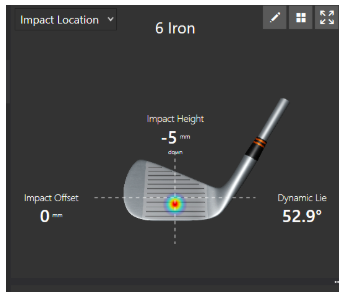
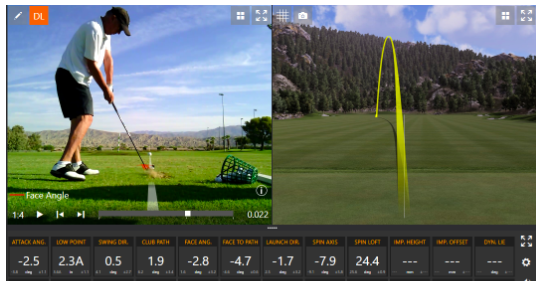



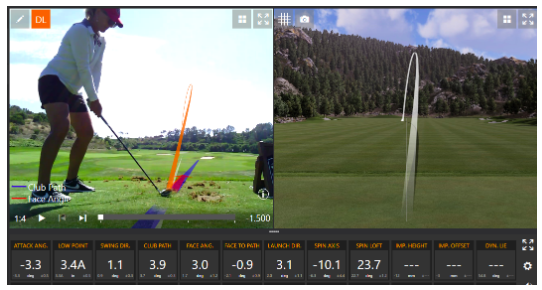


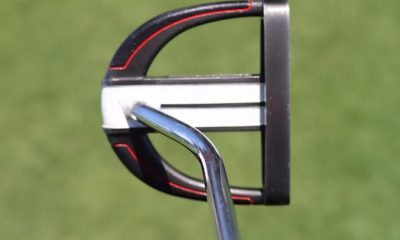







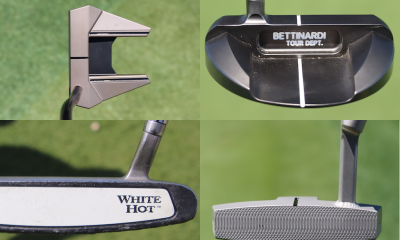

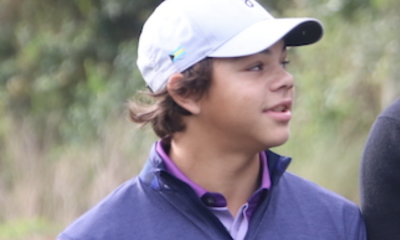










Jim
Mar 4, 2021 at 9:26 pm
Hi Tom. I want to hit driver with positive AoA. Does that mean path will need to be left (past low point) ? If that is case, aren’t my only options 1) aim right and hit shut face pull or 2) hold off face to hit fade? This issue has always confused me. I’d love an answer. Thanks.
geohogan
Sep 23, 2019 at 5:48 pm
Are there no instructors in NA or Europe who teach an ‘underplane’ golf swing? none?
Nope, only over- the-top, tumbling D – Planers now.
DR
Sep 16, 2019 at 11:48 pm
In your 3 samples at the end, you appear to have posted the 2nd pic twice.
Ryan
Sep 12, 2019 at 8:06 am
Could you imagine if Nelson, Hogan, or Snead had the use of this technology back in the day? Shoot even Nickalus in his prime.
Jaime
Sep 11, 2019 at 6:28 pm
Great article. What I would point out is that finding the middle will vary by iron. As an example – my Ping S58s have the sweet spot closer to the hosel than what I think is the center of the head. A quick ball bounce check across various points on the face will give you an idea of ideal center.
Dennis Clark
Sep 11, 2019 at 4:04 pm
Spot on Tom. Mike Neff has a great term for this he calls “face mapping” and it is often overlooked but, as I explain to everybody I teach, they cannot tell anything from their ball flight without finding the middle. I’m doing an article in my senior series about this as well. I go through 5-6 cans of Dr. Scholl’s a season for this reason.
Ron
Sep 12, 2019 at 9:56 am
How do we access your senior series?
Randy Bernard
Sep 11, 2019 at 3:50 pm
I agree: helpful article, and the third picture is a duplicate of the second one. Which points toward my other suggestion (plea): Get a proofreader. I’m a professional, and I doubt that it’s worth paying for someone like me for this sort of article for this audience, but if you know someone or have someone on staff who could take a quick look—and no, spell checkers aren’t enough—that would potentially help people like me keep from pulling their hair out—and potentially boost your credibility to a larger audience. (Same issue, btw, with the whole website.)
John Comninaki
Sep 11, 2019 at 1:36 pm
Once again a concise and well organized article that should be helpful to many of the readers. Thanks and nice job.
Editor
Sep 11, 2019 at 10:48 am
Very nice article, but I believe the last graphic is not the one you had intended.
Doesnotno
Sep 11, 2019 at 8:51 am
Great article, thanks – well explained. The third picture in the samples needs changing!